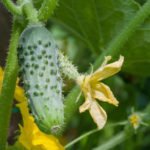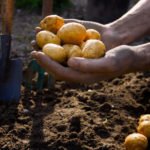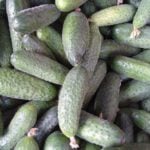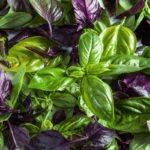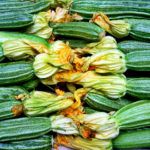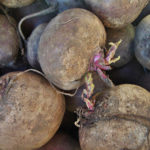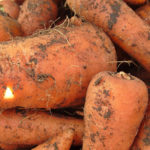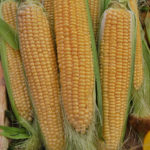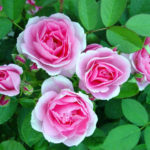Ocimum basilicum is an annual herbaceous hairy-pubescent plant. Stem erect, tetrahedral, branched, 15-60 cm (5.9-23.6 inches) tall, leaves opposite, oblong-ovate, ovate-rhombic, green or purple. The flowers are white, pink, rarely purple, collected in false whorls, forming an intermittent spike-shaped inflorescence; they bloom in June-August. Fruits-combined nuts; ripen in August-September. The birthplace of the basilica in South Asia.
Features of decorative forms and varieties:
- Dark Opal – its leaves are red-purple, the flowers are pink;
- Greek Basil – Greek basil bush, compact plant, height 15-30 cm (5.9-11.8 inches), small leaves (up to 1 cm/0.4 inches);
- Purple Ruffles – with purple leaves, curly and edged at the edge;

Basil is a cultivated spicy, medicinal, and ornamental plant. They eat fresh or dry leaves, young shoots with a strong floral-spicy aroma. In Mediterranean cuisine, basil is often added to dishes to give them a special taste.
When growing on greenery, you can not bring the plant to bloom, as the grass becomes coarse. However, for medicinal purposes, it is collected at this time and used as an antispasmodic, bactericidal, analgesic, anticonvulsant, tonic, and appetite-stimulating agent. Basil helps to get rid of anxiety and helps digestion. It has an invigorating and strengthening effect on the nervous system, which makes it an invaluable tool in the fight against depression.

A bouquet of basil leaves creates a sufficiently dense texture that allows you to use the plants throughout the growing season as focal or filling elements in a spicy and high flowerbed, on a flowerbed, as well as as a border with 2-3-fold pruning of greenery per season in southern areas.
The distance between the plants when planting is 25 cm(9.8 inches), between the rows of 30-40 cm (11.8-15.7 inches), the sowing depth is 0.5-1 cm (0.2-0.4 inches). It is better to plant on a plot located on the southern side and protected from the northern winds, with a fertile, well-drained, loamy or sandy loam soil.

